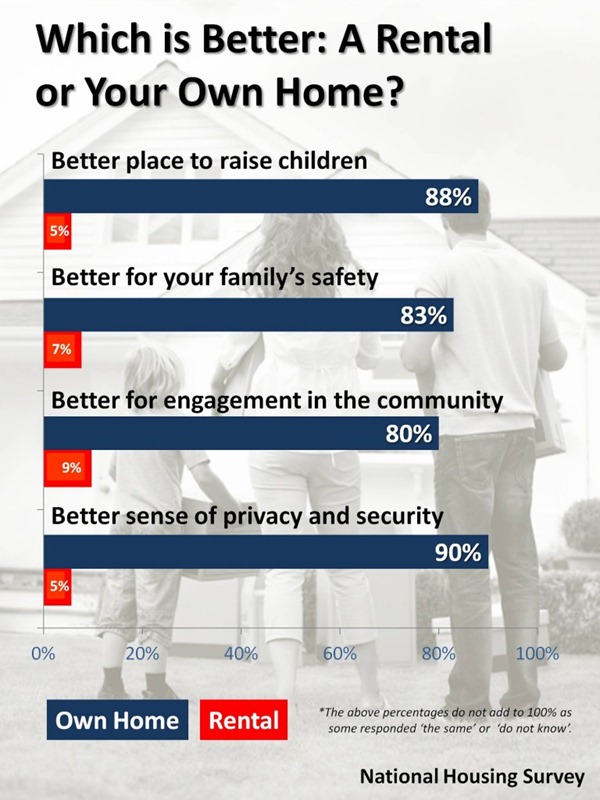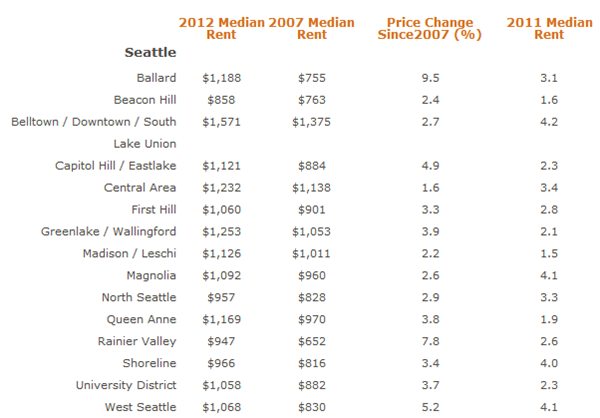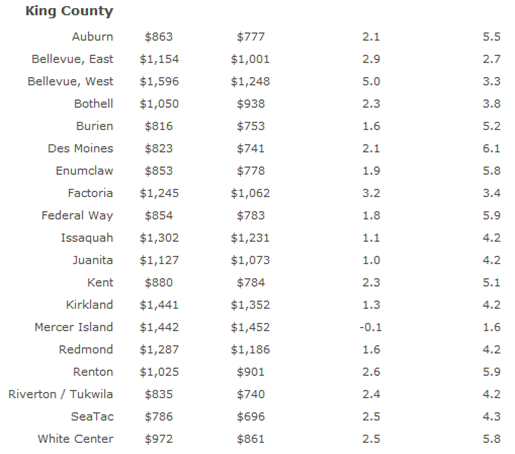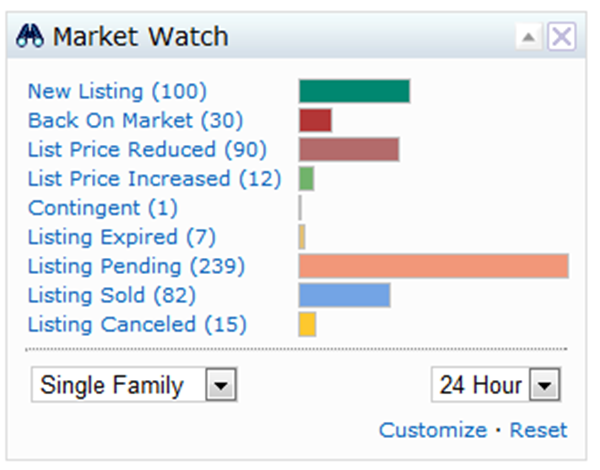 Real estate markets across the country are inching their way to a slow recovery after bottoming out, according to several real estate economists who spoke at a forum hosted by the National Association of Real Estate Editors.
Real estate markets across the country are inching their way to a slow recovery after bottoming out, according to several real estate economists who spoke at a forum hosted by the National Association of Real Estate Editors.
National Association of REALTORS®’ Chief Economist Lawrence Yun, Zillow Chief Economist Stan Humphries, and National Association of Home Builders Chief Economist David Crowe shared their views on the direction of the housing market during the forum.
"Last year was the worst year on record for [new] house sales, for 60 years of housing-sale info," Crowe said.
But things are picking up, the economists note, despite several challenges still threatening that recovery. Yun says that appraisal issues are holding back up to 20 percent of home sales and that lenders’ tightened mortgage underwriting standards are likely holding back another 15 to 20 percent of potential home deals.
 Here are some of the economists’ forecasts:
Here are some of the economists’ forecasts:
1. New-home market: The NAHB predicts a 19 percent increase in single-family housing starts this year over last (from 434,000 last year to a projected 516,000 this year).
2. Single-family rental market: This could be the next housing market bubble, Humphries warns. He expects this sector to cool as rental rates continue to increase and as home ownership looks more attractive to the public again.
3. Distressed home sales: The percentage of distressed homes sales is projected to drop by 25 percent in 2012 and 15 percent in 2013, Yun says.
4. Home price appreciation: Yun says it’s possible some markets may see a 10 percent rise in home-price appreciation next year due to an increase in demand, or a 60 to 70 percent increase in housing starts. Yun argues it won’t be both, however, but rather one or the other. He notes it greatly depends on whether lawmakers reach an agreement once again on the looming debt-ceiling deadline.
5. Home owners’ negative equity: About a third of home owners are underwater, owing more on their mortgage than their home is currently worth. As such, the housing recovery will likely be “stair stepped,” Humphries says. He says home owners with negative equity will gradually begin to list their homes as they see prices inch up, but when they do, that may temporarily swell the housing supply and cause a brief pause to the recovery.
Source: “Economists: 2012 Marks the End of a Long Bottom,” Inman News











